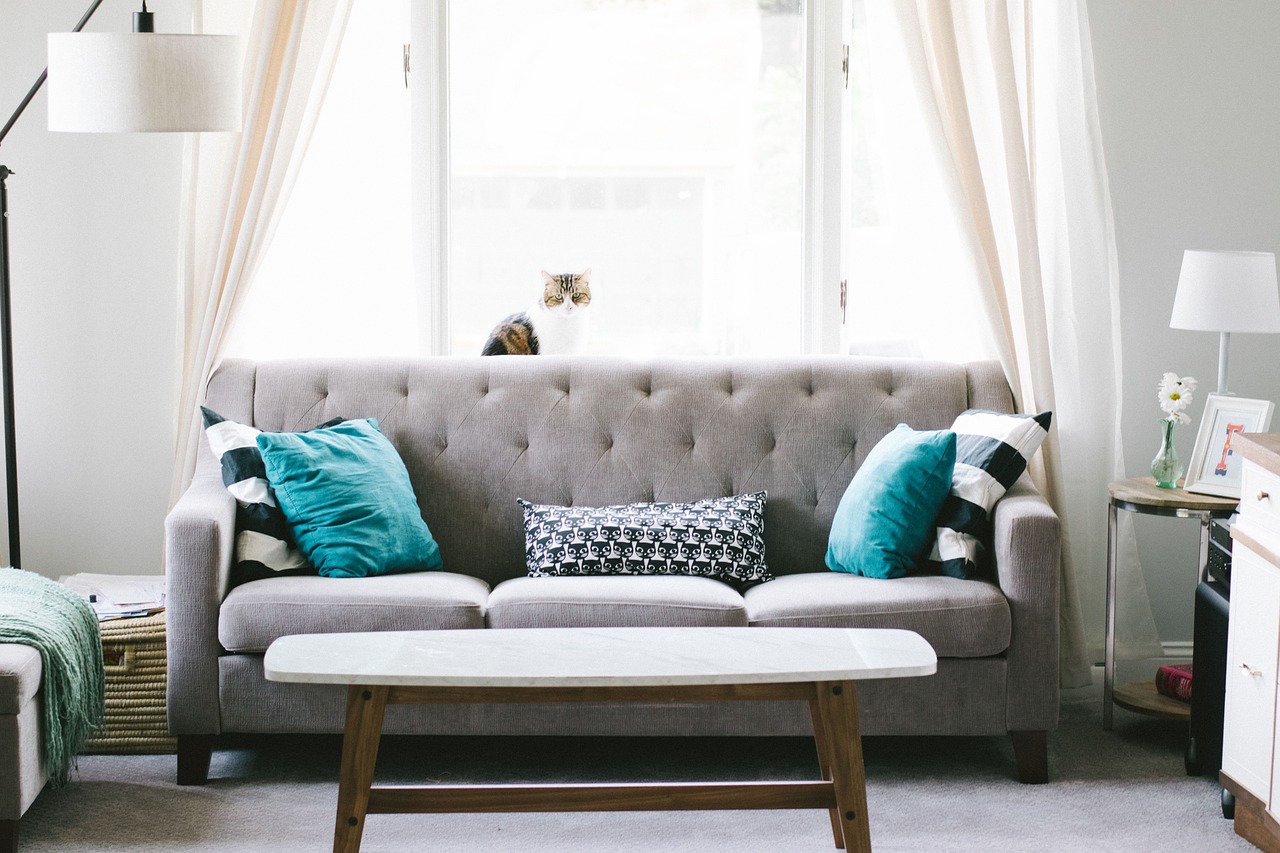
In the comforting embrace of our living spaces, sofas and couches provide the ultimate retreat. This article delves into the nuanced realm of these essential furniture pieces, exploring their history, styles, comfort factors, material choices, and maintenance tips.
The history of sofas and couches dates back to ancient civilizations where royalty and the elite enjoyed lavish seating arrangements. The earliest forms can be traced to Ancient Egypt, where chairs and benches adorned with cushions were a status symbol.
Gradually, Greeks and Romans refined these ideas, creating benches and elaborate seats for banquets and relaxation. These early designs evolved through the Renaissance, where the concept of upholstered furniture began to take shape, indicating a move towards comfort and luxury.
In the 17th century, as structures like the settee emerged in Europe, the designs became more elaborate and diverse. The Rococo and Baroque periods especially embraced luxury with ornate designs and plush fabrics. The settee gradually transitioned to what we today identify as the sofa or couch. By the Industrial Revolution, mass production introduced varied styles and made these items accessible to the middle class. Today’s sofas and couches, ranging from minimalist designs to opulent, structural masterpieces, reflect this rich lineage, balancing comfort and aesthetic appeal.
Sofas and couches come in a multitude of styles, each reflecting different historical influences and design philosophies. Traditional styles often exhibit intricate woodwork, tufted cushions, and rich fabrics, reminiscent of Victorian or Georgian eras. Chesterfield, a timeless classic with deep button tufting and rolled arms, epitomizes the traditional category and adds sophistication to any living space.
Contrasting sharply with traditional styles, contemporary and modern designs emphasize simplicity, clean lines, and functionality. These styles often employ materials like metal and glass alongside wood, with minimalistic upholstery choices. The Mid-Century Modern movement, characterized by sleek lines and organic curves, stands as a landmark in sofa design philosophy, marrying functionality with form.
Eclectic and transitional styles combine elements from various periods, creating unique, personalized looks. Meanwhile, sectional sofas offer versatile solutions for large spaces, accommodating various seating arrangements. Sleeper sofas, which combine seating and sleeping functions, illustrate the evolution of functionality-driven designs in modern contexts.
Comfort and ergonomics are pivotal in the design of sofas and couches, influencing how we relax and interact within our living spaces. Ergonomics focuses on creating a harmonious relationship between the human body and furniture, ensuring support and comfort. Key aspects include the depth and height of the seat, backrest angle, and cushioning firmness.
Cushioning plays a significant role in providing comfort. High-density foam offers firm support, whereas down-filled cushions promise plush luxury. Memory foam cushions, now popular in sofa construction, provide excellent support by conforming to body shapes, enhancing comfort for prolonged usage. Seat depth, typically ranging between 20 to 24 inches, should be chosen based on the users’ height and seating preferences.
Armrest design and height also contribute to the ergonomic balance. Properly designed armrests can prevent strain on shoulders and neck, enhancing comfort. Reclining functionality is another feature aimed at comfort, allowing users to adjust the backrest to their preferred angle for optimum relaxation. Ultimately, a sofa that matches the user’s ergonomic needs can improve posture and reduce the risk of discomfort or injury.
The choice of materials for sofas and couches significantly impacts their durability, comfort, and aesthetics. Upholstery fabrics range from natural to synthetic, each offering distinct benefits. Natural fabrics like cotton and linen are breathable and soft, providing a cozy feel. Linen, despite its luxurious texture, requires careful maintenance due to its susceptibility to wrinkles and stains. On the other hand, leather exudes a timeless elegance and is durable, but it can be prone to scratches and requires regular conditioning to prevent cracking.
Synthetic materials, such as polyester and microfiber, offer robustness and resistance to stains, making them ideal for households with children or pets. Microfiber, in particular, is appreciated for its softness, durability, and ease of cleaning. Velvet, another popular choice, combines opulence and comfort but demands more care to maintain its plush appearance.
The framework, often made from hardwoods like oak or maple, ensures structural integrity. Engineered wood and metal frames are budget-friendly alternatives that still offer reliable durability. The choice of fill materials, such as foam, down, or a combination, also affects seating comfort and longevity. High-resiliency foam provides lasting support, while down fillings offer a softer, more luxurious feel.
Proper maintenance extends the life of your sofa, preserving both its appearance and comfort. Regular cleaning is essential, starting with vacuuming to remove dust and debris that can accumulate and wear down the fabric. Removable cushion covers should be washed according to the manufacturer’s instructions, typically indicating whether machine washing or professional cleaning is needed.
For non-removable covers, spot cleaning with a mild detergent or specialized upholstery cleaner can address spills and stains promptly. It’s crucial to test any cleaning solution on a hidden area first to ensure it does not cause discoloration or damage. Leather sofas require periodic conditioning with appropriate leather care products to retain their suppleness and prevent cracks.
Rotating and flipping the cushions regularly helps to distribute wear evenly, maintaining their shape and comfort. Avoid placing your sofa in direct sunlight or near heat sources, as excessive heat and UV rays can cause fading and deterioration of the fabric or leather. Using slipcovers can protect your sofa from everyday wear and tear while allowing for easy updates to its look.
By adhering to these maintenance practices, your sofa will continue to offer cushioned bliss, providing a welcoming retreat in your living space for years to come.